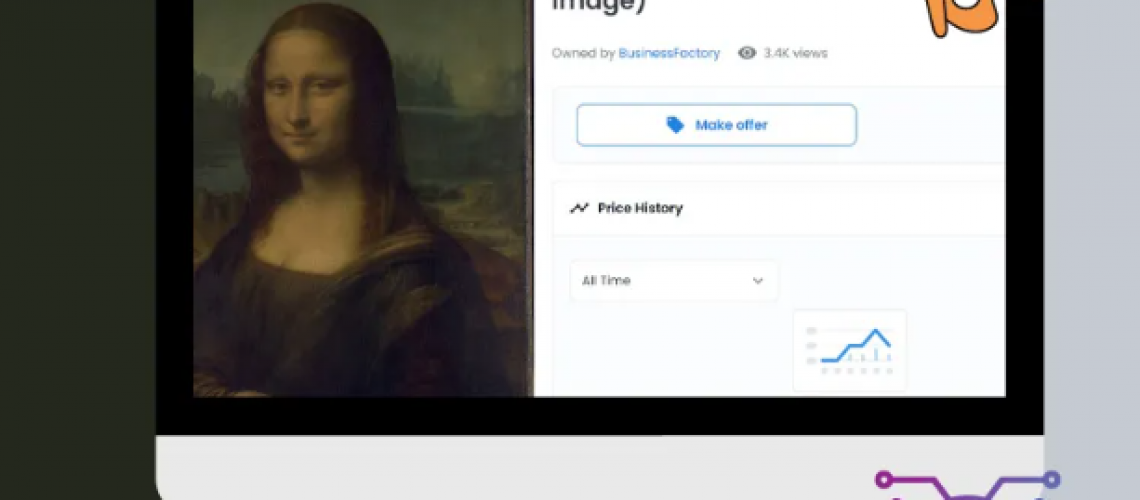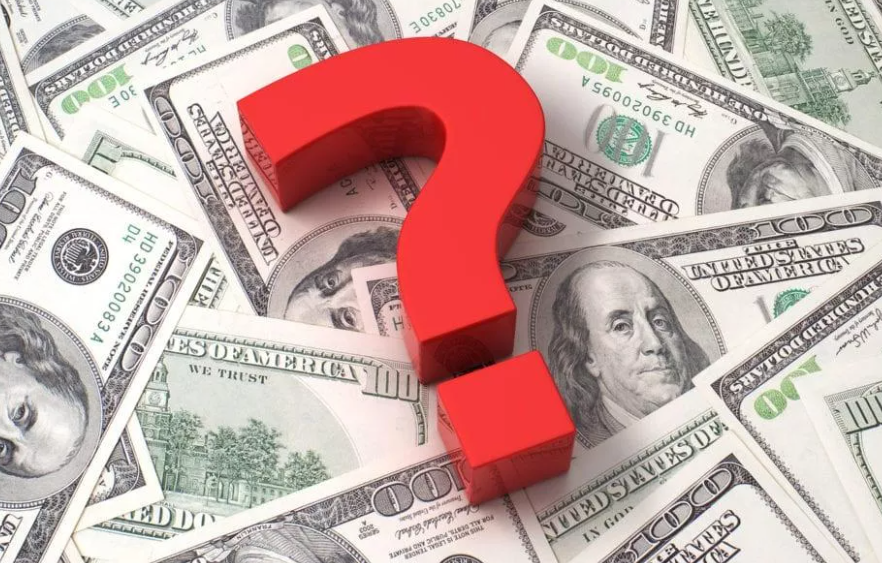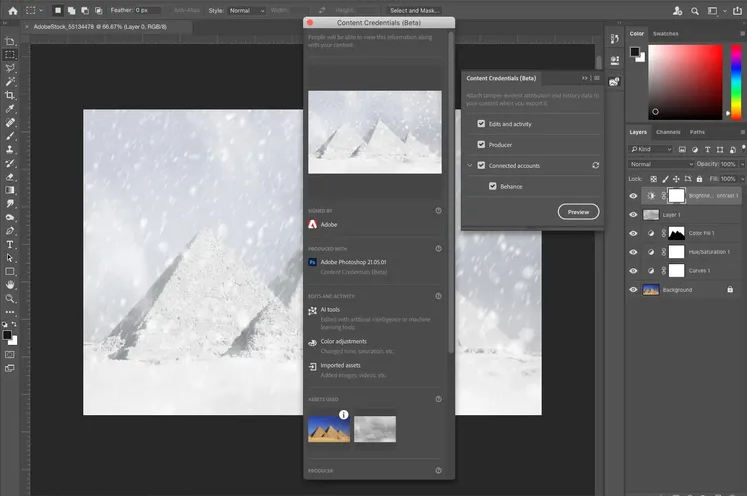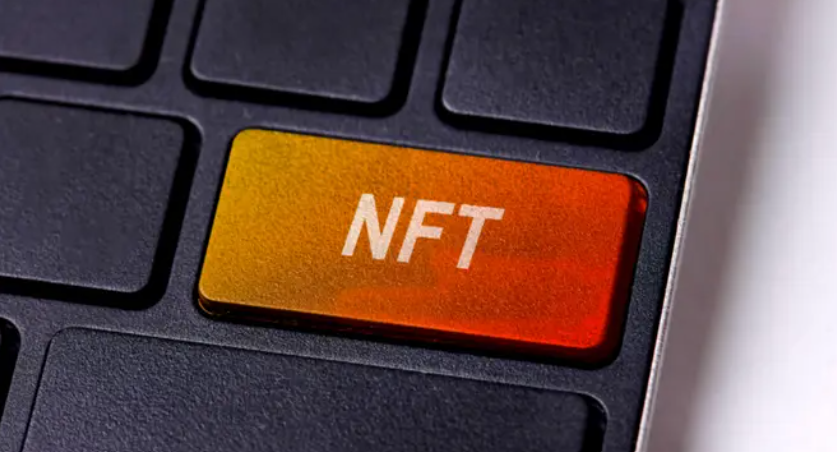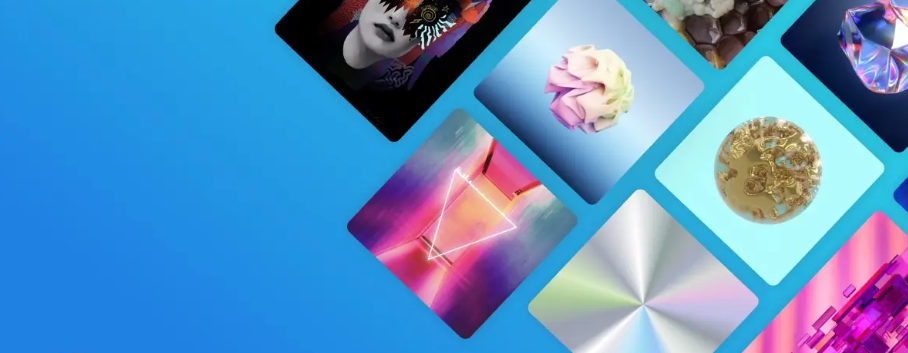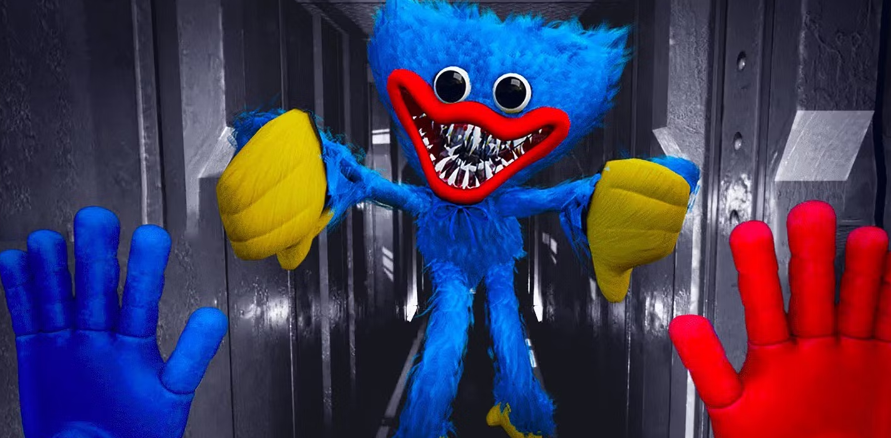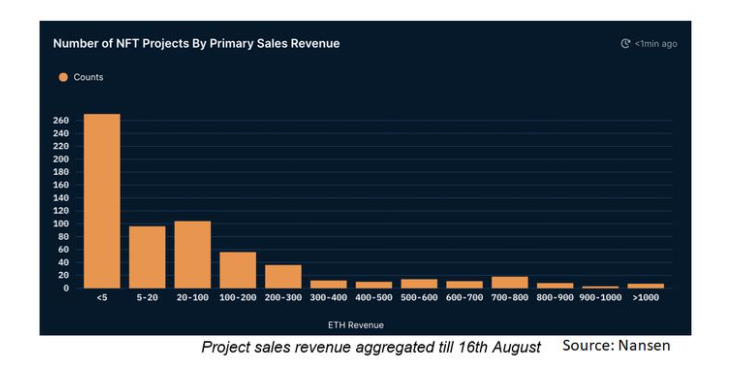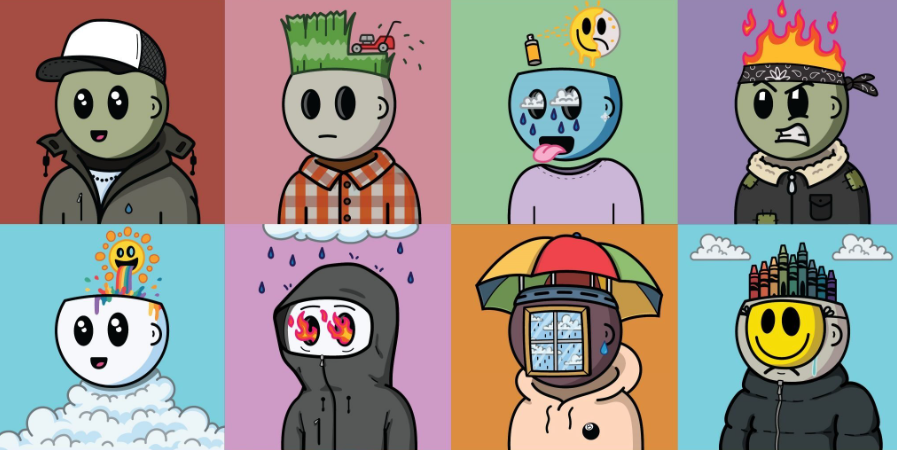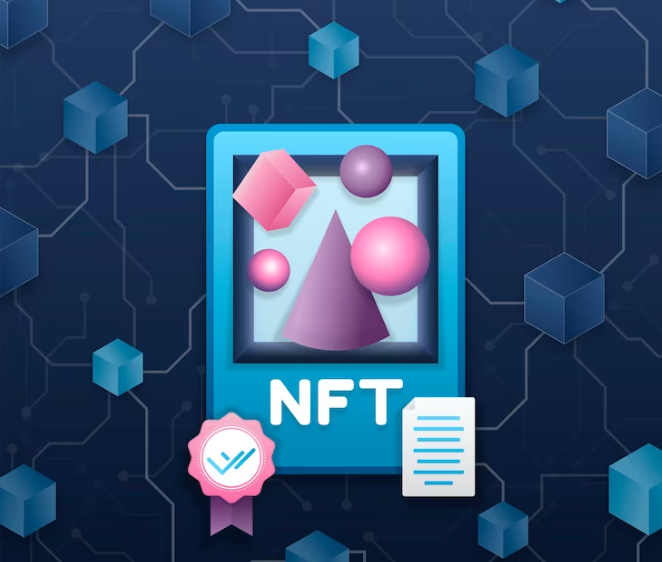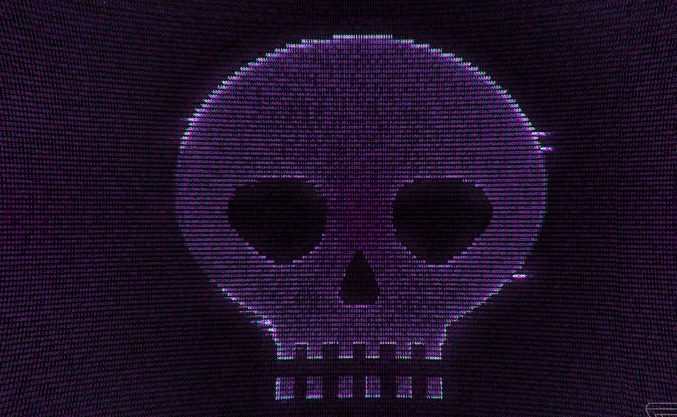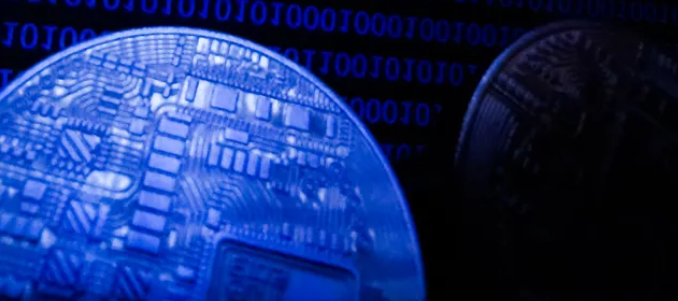The normalization of conversations about non-fungible tokens (NFTs) began with the explanation of Mona Lisa NFTs to address the fear of asking about them.
Our article explains what you need to know about the origins of the Mona Lisa NFT explanation, the proper definition of nfts, and three powerful reasons why the Mona Lisa explanation went viral online.
Let’s dive in:
Why Refer to The Mona Lisa When Talking About NFT?
Non-fungible tokens are difficult to capture due to the complexity of this technology; therefore, to simplify the explanation of what NFTs are, people use the Mona Lisa.
Due to the popularity of the reference, it became an example that became a meme.
For example, if an artist plans to have an online exhibition to showcase their paintings, they may be concerned that others will reciprocate or forge their artwork.
This is how non-fungible tokens play a role because they can help prevent this from happening.
What is an NFT?
An nft is a non-fungible token that uses a smart contract to make your digital assets, such as paintings, photos or videos, unique, by creating a unique signature.
It defines the ownership of these digital assets and can be translated into real money using cryptocurrencies.
3 Reasons for The Explanation of Mona Lisa NFT (How and When it Originated)
As non-fungible tokens grew in popularity, social media users began asking questions like “what is an nft?” and “why are NFTs important?” through various platforms such as Tumblr, Reddit and TikTok. Social media users answered these questions through long and short form content.
As non-fungible tokens became more widespread and introduced across various industries, as well as being discussed in national media outlets like MSNC or Fox Business, Mona Lisa nft’s explanation continued to help provide context to this technology in an simple way.
1. “Explain it to Me Like I’m Five Years Old” Became a Popular Way to Describe NFTs.
As those new to NFTs were unclear on how they work, videos on TikTok went viral to answer this question effectively and in less than 60 seconds.
But unfortunately, most people didn’t clearly define what that word meant and how it related to why jpegs on the internet were selling in the millions.
2. Mona Lisa is Relatable, Relevant and Well Known.
Most people learned about the Mona Lisa through education or understanding art history, which makes for an easily digestible example. When she was at school or talking to others, Mona Lisa was known to be one of the most valuable works of art in history.
3. Copyright Matters: Was the Mona Lisa Stolen and Can NFTs Be Stolen?
Giving credit to the artist becomes essential, especially when a piece of art is in high demand.
When non-fungible tokens are minted on the blockchain, they will always retain public record of ownership, giving artists credit.
When collecting expensive art, there is a risk associated with it. Because it’s only worth what someone is willing to pay for it. However, most works of art can cost millions, and this becomes a valuable asset that others want to steal if it is not protected.
Just as artists have experienced people stealing their work and trying to sell it for a profit without proper identification, there is growing concern that nfts will be stolen, much like the Mona Lisa originally was, even though it was restored.
Especially when it comes to who actually owns the copyright to this artwork in the first place, non-fungible tokens make it easy for artists to retain all copyright to their original artwork. Conversely, others may own unique and unique versions.
The Best Explanation of Mona Lisa for new NFT Collectors
A physical painting by Leonardo da Vinci called ‘Mona Lisa’ became a rare work of art in Italy and was highly sought after in 1503.
In this example, people use a what-if scenario to explain why the Mona Lisa is associated with non-fungible tokens: “Imagine if you owned the Mona Lisa NFT, you have the digital writing that proves you are the rightful owner.
There is public proof that you are the sole owner of this non-fungible token, the Mona Lisa, because it lives on a public ledger called the blockchain.”
People can right-click to save or take a screenshot. Here’s a TikTok video that explains more in less than 60 seconds:
What is the Mona Lisa Meme on Tumblr?
Tumblr’s effort was to show just how futuristic non-fungible tokens are and (at the same time) explain how messed up the concept of ownership via the blockchain is for people today.
See the example below:
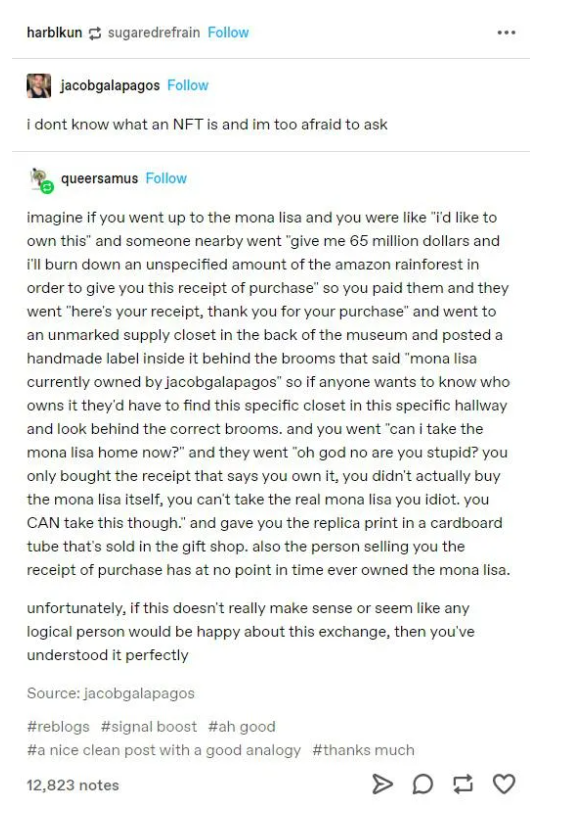
Imagine going to the Mona Lisa and saying, “I wish I had this.”
Someone close said: “Give me 65 million dollars.
I will burn an unspecified amount of the Amazon jungle to give you this purchase receipt”, so he paid them and they said: “here is your receipt, thank you for your purchase”.
Some feel that it is similar to when someone buys a star in the galaxy. Since buying a star can be hard to touch or see; however, the piece of paper confirms that it is your property.
Another example that people feel is relatable is putting their name on a building. For example, a library or a university as a tax deduction. For example, the name is next to an item in the registry and gives people a sense of ownership.
Why Mona Lisa NFTs are for Sale on OpenSea
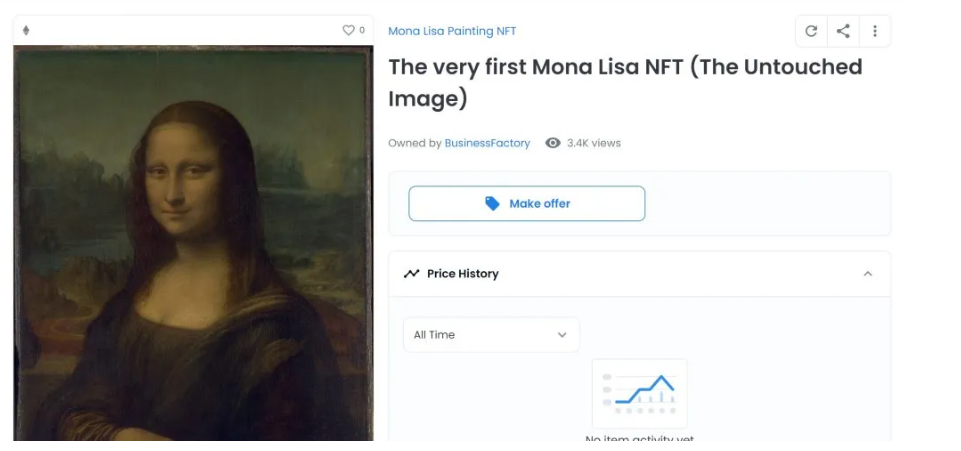
Since the increased attention around explaining what a non-fungible token is and why they are popular. There have been fake digital images of the Mona Lisa for sale as NFTs through OpenSea.
While it is legal, it does not break any laws to sell a reciprocal mona listing nft on the marketplace.
This practice is a scam and a red flag for those new to the nft community. It is essential to take the time to understand that not all nft listings are genuine.
Remember that the Mona Lisa NFT explanation was to help the mainstream conversations around non-fungible tokens (NFTs).
Unfortunately, the value of a Mona Lisa NFT is not real; instead, focus on finding the next Mona Lisa by cheering on new artists.

